Braised tuna roast with capers and tomatoes

Cooking something from each of our 45 (and counting) cookbooks is not going to be one of the easier tasks on my Food List 2011. Don’t get me wrong, we have a great selection of cookbooks and many of them are likely to stay on our bookshelf and put food on our table forever. But in the age of the internet, it’s often much easier and faster to find recipes online than it is to find one in a cookbook. Additionally, I spend more time reading food blogs than I do reading cookbooks, which means I come into contact with more recipes (and those recipes usually have photos, which also makes it more likely that I’ll make it).
But I’m committed to this cookbook thing. Not only because we have them, sitting there on the shelf being heavy and pretty (most of them) and full of recipes, but I think there’s a lot to learn from cookbooks. Brett’s a big proponent of reading a cookbook like a book – you can learn a lot about cooking from the introduction and narrative sections, and you get a great sense of the book as a whole (as you might of a blog that you read regularly) from making a point of looking through all of the recipes. This might be harder with a tome like the Joy of Cooking, but if you’ve ever paged through one of those larger, more manual-like cookbooks you’ll see an expansive amount of information, advice, and instructions along with the recipes.
To that end, I decided this task would be much more effective and rewarding and much less stressful with a little more investment of time. I’m hoping to spend at least an hour or so with each book before I choose a recipe from it, and that what I chose to make from each is more a function of what jumps off the page or what will teach me a new technique or method or style, rather than “well, I’m going to make something, I better frantically search through a few cookbooks to pick something and knock it off the list.”
Conveniently, just a few days before I made this decision Brett came home from a hilariously corporate company-mandated safety seminar with a booklet of little post-it flags. I’m now using these little flags to make our cookbooks more festive (party time!) and to mark the things that look interesting and that we’re likely to make. I probably could have fancy with some sort of color-coding for weeknight vs. weekend recipes, specific meals or categories of food, etc., but I’ve been keeping it simple – flag=something to make. I’ve gotten through three of our books so far, and I’m actually finding myself getting pretty excited about cookbooks that I had previously avoided or found kind of boring!
It also helps with cookbooks I find so exciting that I have trouble settling on something to make, which has been the case with All About Braising, by Molly Stevens. I first heard about the book from Molly, and suspected it would be an asset to my cookbook collection after it converted me to the wonders of braised cabbage. But dozens of recipes for braised things start to all kind of blur together into an overwhelming haze of braise, and it was getting really difficult to even look through the table of contents, much less to choose a recipe.
But armed with my post-it flags, I paged through the entire book and within 10 minutes had picked a few pretty exciting options. This is where we get the actual recipe, aren’t you excited?

Sorry for the slightly low-quality photo. I actually forgot to take a photo of the tuna the night we ate it; this is leftovers for lunch at work the next day (along with a lentil salad that I’ll be sharing soon, some homemade ricotta, toasted homemade Tartine bread, and leftover roasted asparagus). The night we ate it the tuna was a little more composed, but only a little more …
I picked a Provencal-inspired braised tuna loin because the thought of it brought me back to the summer that Brett and I lived in Portland after I graduated from college. We often had dinner at our aunt and uncle’s house, and tuna was a frequent feature on the table. I’d never before had tuna that wasn’t from a can or in a piece of sushi, but these tuna fillets and steaks were meaty, tender, and satisfying, perfectly paired with a spongy bread, a crisp white wine, and some grilled vegetables.
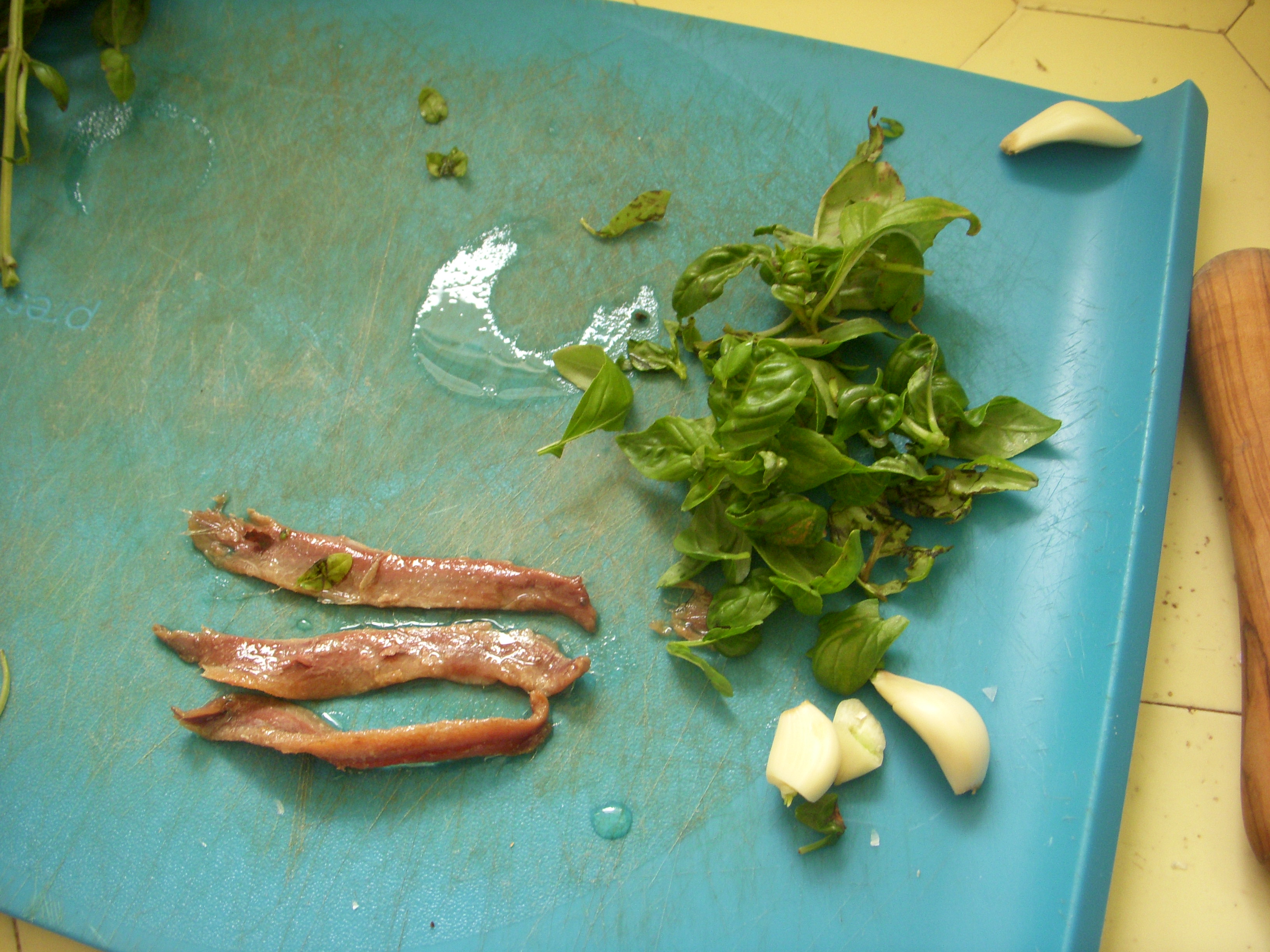
And this recipe definitely satisfied my wistful memories of that summer. Marinated with basil and anchovies (coming soon: my diatribe on the virtues of this oft-maligned little fish), browned and then braised in a savory sauce of tomatoes, onions, capers, and garlic. Like a tuna pot roast, which might sound weird unless you’ve tried it but is really quite a lovely thing to have on your table.
In full disclosure, there were two slightly stressful but in no way deal-breaking moments during the preparation of this recipe: (1) We didn’t have a pot that had a cover and was tall enough to fit the piece of tuna but not way too large. We just kind of squished the loin down a bit while it was still undercooked and put a heavy item on the lid to keep the pan closed, and that worked pretty well. (2) It’s kind of difficult to tell when the fish is done but not overdone. The recipe gives a few hints and if you have a quickly-acting instant read thermometer, that helps too. Thankfully undercooked tuna is still fantastic, so you can try to err more on the side of underdone than overdone.
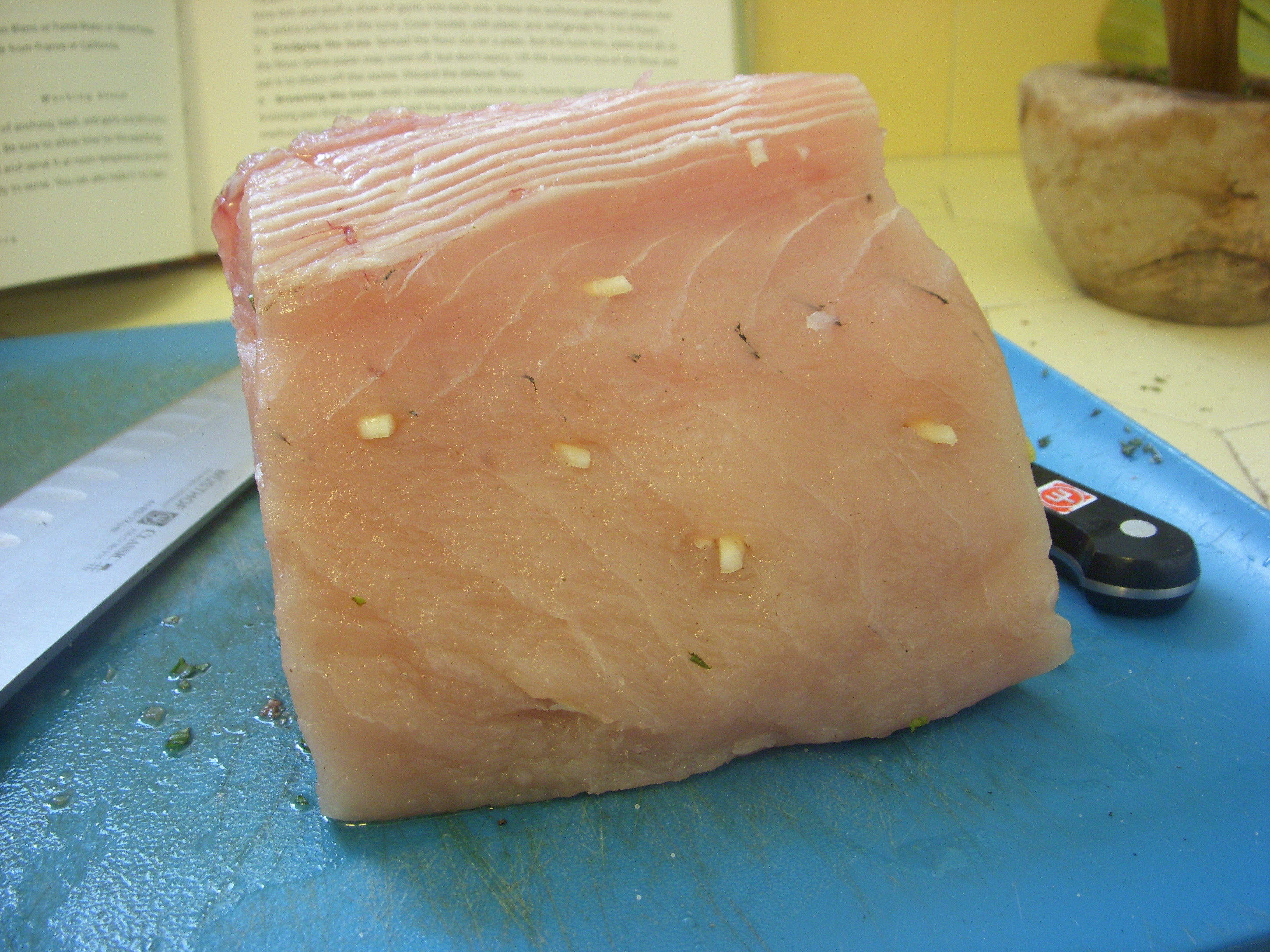
One thing to note – it’s actually not that common for fish counters to have large pieces of tuna; they usually cut the loin into steaks before putting them in the case. I would guess that if you have a great fish store or fish counter, they might have more custom options. But otherwise, you can always call ahead (the day before or morning of) and ask them to save you a piece the size you’re looking for. I did this at Whole Foods (sadly, the only good fish counter in our area), and they seemed a bit confused but did what I needed. You could also probably easily amend the recipe to use a few tuna steaks instead of one large piece – the nice thing about braising is that really you just cook it slowly until the meat or braised item is done!
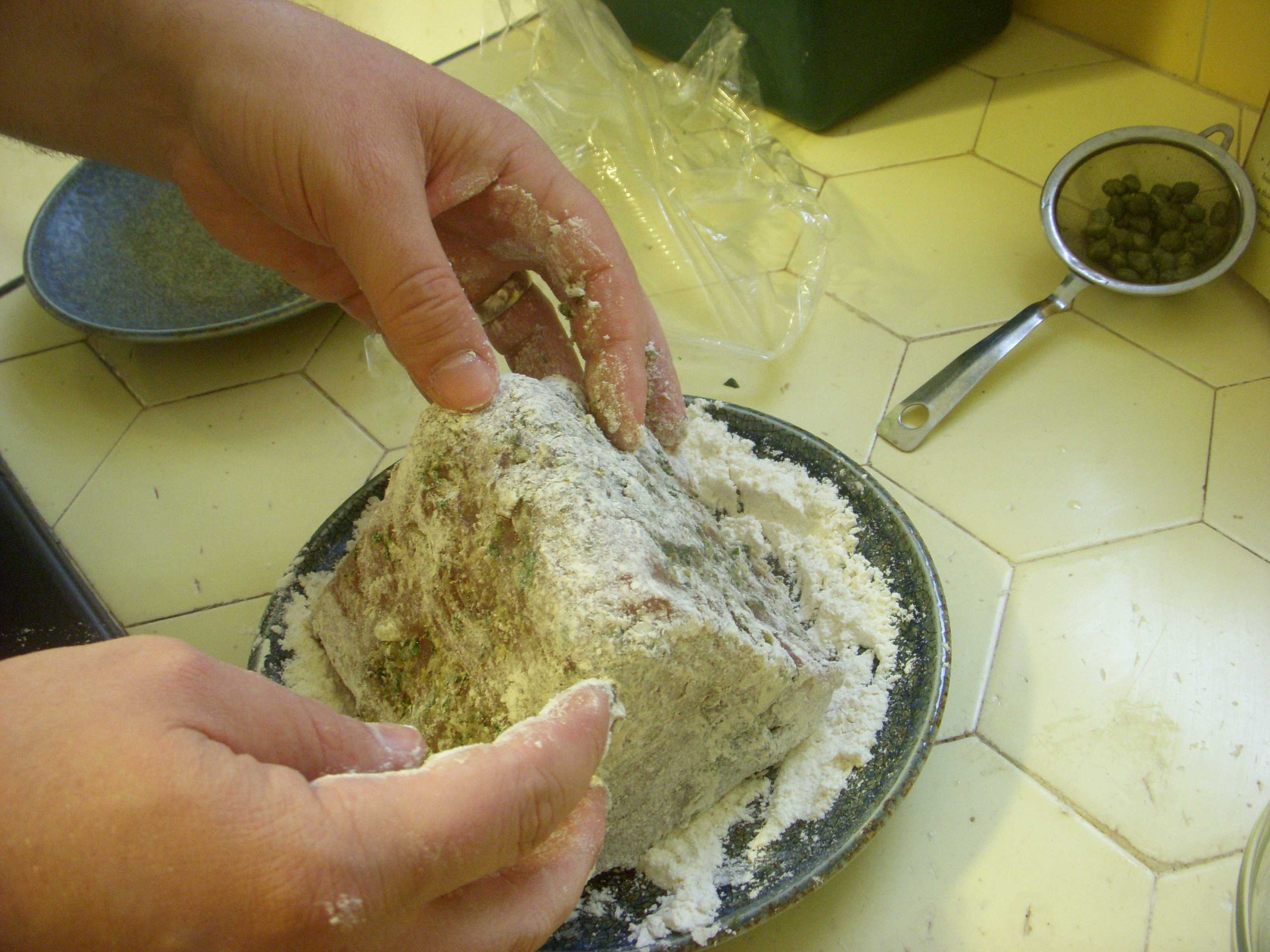
And now I’ve not only given you a delicious recipe to make, but also a glimpse into how a slightly neurotic cook is a complete nerd with her cookbook library. You’re welcome.
Braised Tuna Roast with Tomatoes and Capers
Adapted slightly from All About Braising by Molly StevensMarinade paste:
- 2 large garlic cloves
- 3 anchovies, minced
- 1 Tbsp. chopped fresh basil
- Salt and pepper
- 1 1/2 to 2 pounds tuna loin in one piece – we used albacore, but other kinds would likely work as well
– One to four hours before cooking, marinate the tuna. Peel and coarsely chop one of the garlic cloves. Mash together with the anchovies and basil into a coarse paste – this is easiest with a mortar and pestle, but if you don’t have that you could pulse a few times in a small chopper or food processor, or chop and smear with a knife on a cutting board. Season the paste with salt and pepper.
– Peel the other garlic clove and slice into slivers. With a small knife, make incisions all over the tuna loin and insert a sliver of garlic into each one (see photo above).
– Smear the paste all over the tuna, cover loosely with plastic, and refrigerate.
Braising the tuna:
- About 1/4 cup of all-purpose flour
- 1/4 cup olive oil
- 1/2 small yellow onion, sliced
- 1 celery stalk, finely chopped
- 1 cup dry white wine or dry vermouth
- 1 cup canned tomatoes
- Salt and pepper
- 1/4 cup shredded basil leaves
- 1 Tbsp. capers, rinsed
– Spread out the flour on the counter, cutting board, or plate. Dredge the tuna loin, covered in the marinade paste, in the flour, completely covering it. Don’t worry if some of the paste falls off. Lift the tuna out of the flour and gently shake to remove excess. Discard the rest of the flour.
– Add about 2 Tbsp. of olive oil to a saute pan large enough to fit the piece of tuna. Heat the oil over medium-high heat until it shimmers, and lower the tuna into the pan. Sear it on all sides, using tongs to turn it. About 2 minutes on each side will form a pale brown crust. Remove the tuna from the pan and set aside.
– This next step you can do while searing the tuna (if you’re good at multi-tasking or have a helper), or you can just do it after the step above. Add about 2 Tbsp. of the olive oil to a braising pan – something with sides high enough to cover the top of the piece of fish and that can be covered – either with a cover that matches the pan or some other method (I’m a big fan of using a baking sheet with a heavy object on top to cover a pan for which we don’t have the actual cover).
– Heat the oil over medium heat and add the onion and celery. Saute until translucent, about 8 minutes. Pour in the wine/vermouth and simmer about 10 more minutes, until reduced by about half.
– Add the tomatoes and capers and season with salt and pepper. Simmer for about 2 minutes.
– Add the tuna to the braising pan. Cover the pan and reduce the heat to a low simmer. You want the sauce to “barely bubble,” but you can lift the lid to check on this throughout the process and make sure the heat isn’t too high or too low.
– Continue simmering for 10 minutes, spooning the sauce over the tuna halfway through.
– Carefully turn the tuna in the pan using tongs. Try not to tear the tuna, since it gets more delicate as it cooks. Continue braising for another 10-15 minutes, until the tuna is just cooked through.
– There are a few ways to check when the fish is done: if you insert a metal item into the middle of the fish and let it sit for a moment, when you pull it back out the tip should be warm – not cold, and not hot. You can also make a cut in the fish and look at the center, since you’ll be cutting the loin into pieces for serving anyway. In the end when we tried to cut into four pieces they were thin enough that the fish just kind of fell into 2-3 bite pieces , but that was perfectly fine and still quite delicious.
– When it’s done, transfer the fish to a serving dish. If not serving immediately, cover with foil to keep warm. Continue simmering or boiling the sauce until desired thickness (it will still be on the thinner side, but you can reduce it if you want). Season with salt and pepper as necessary.
– Before serving, stir the shredded basil into the sauce. Pour over the tuna and serve!









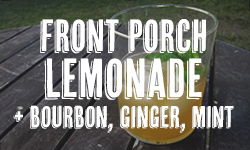
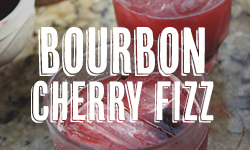
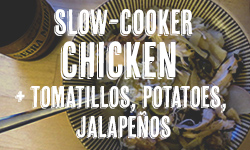
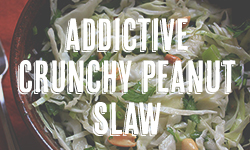
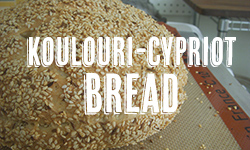
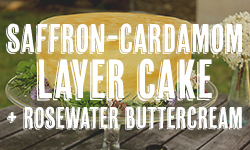


Trackbacks & Pingbacks